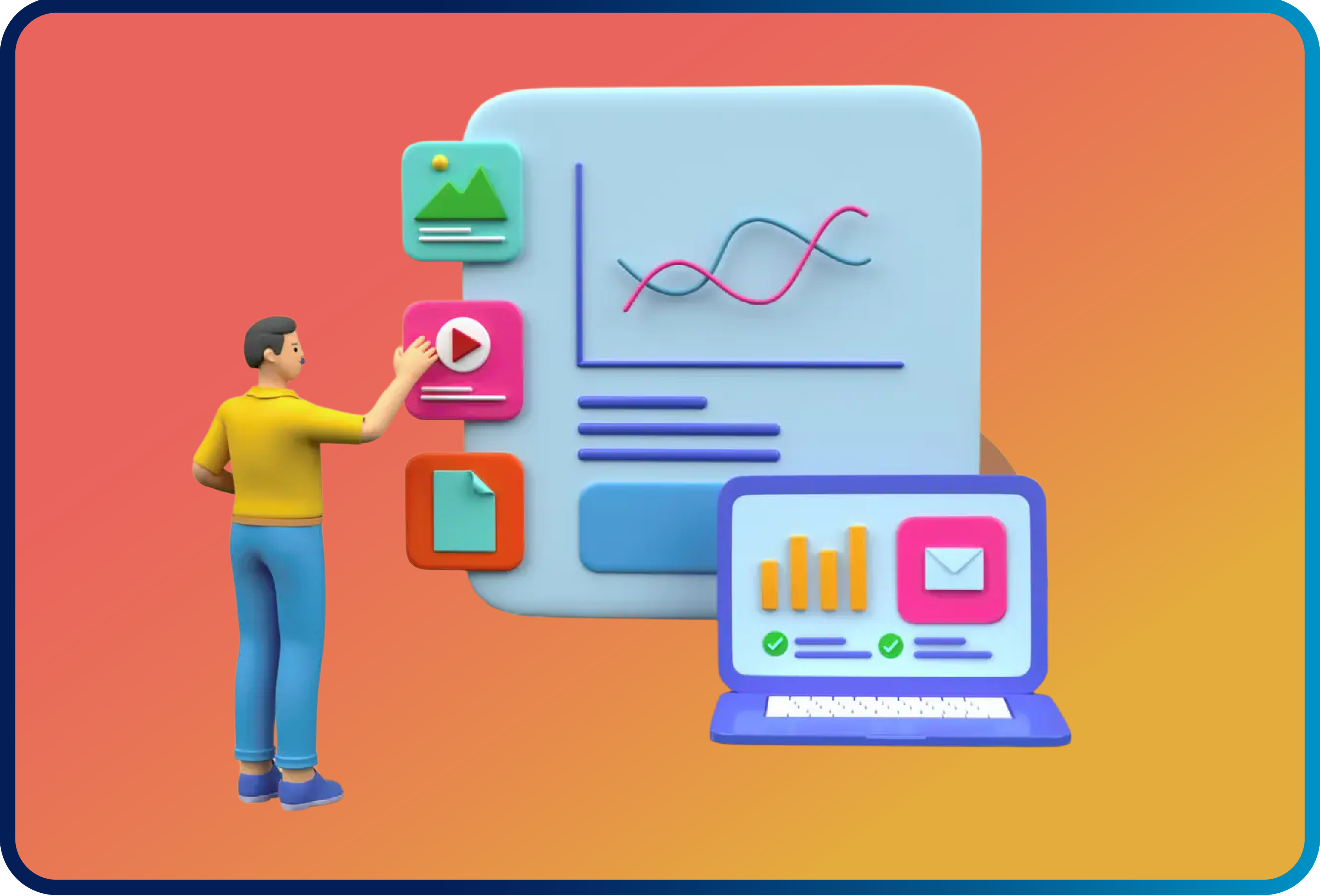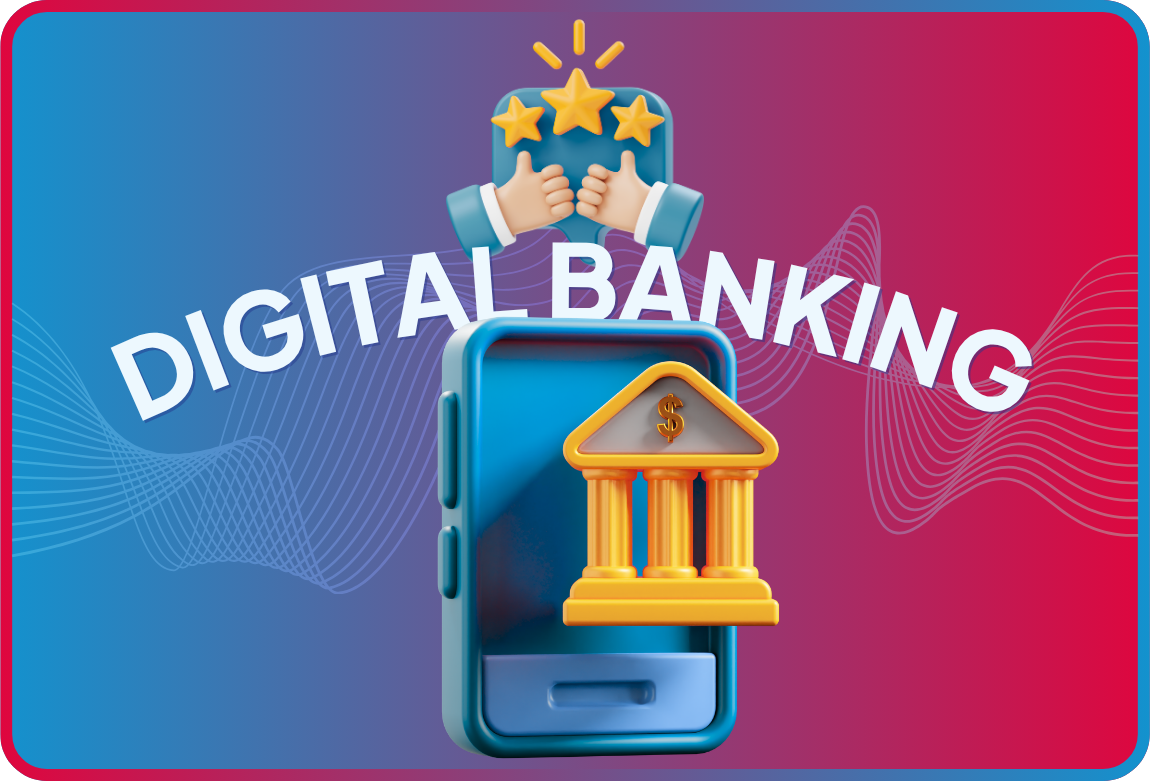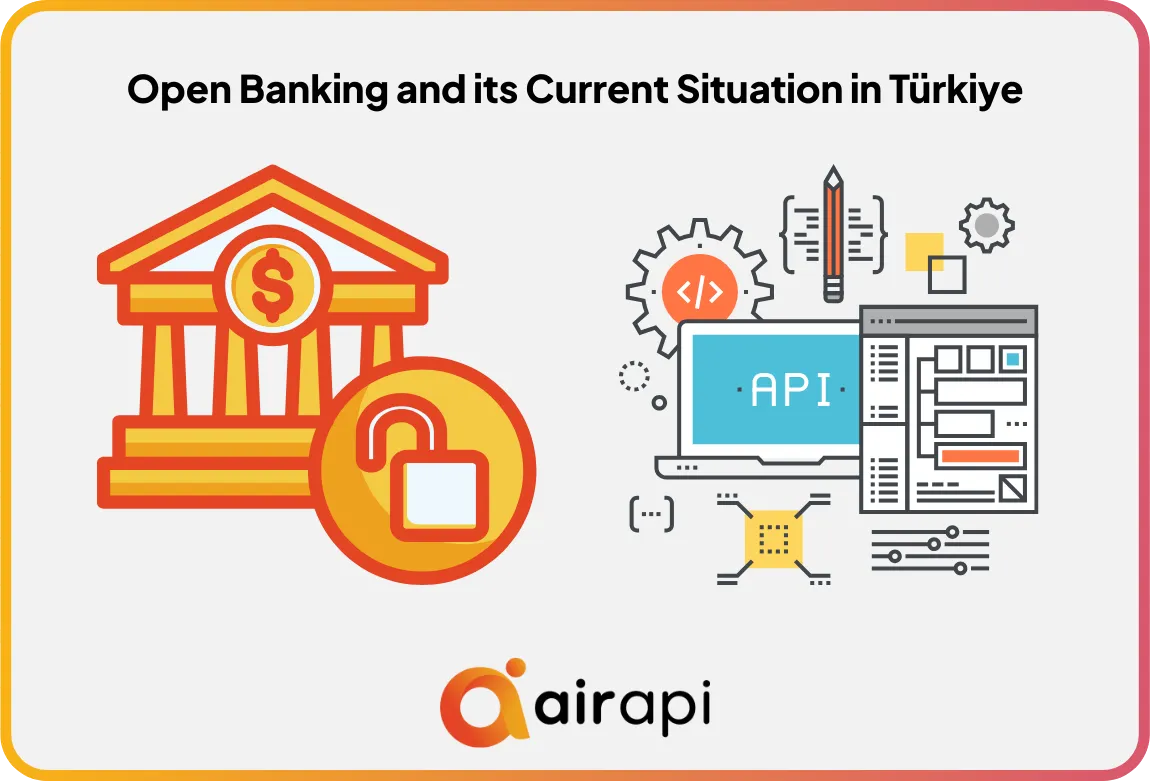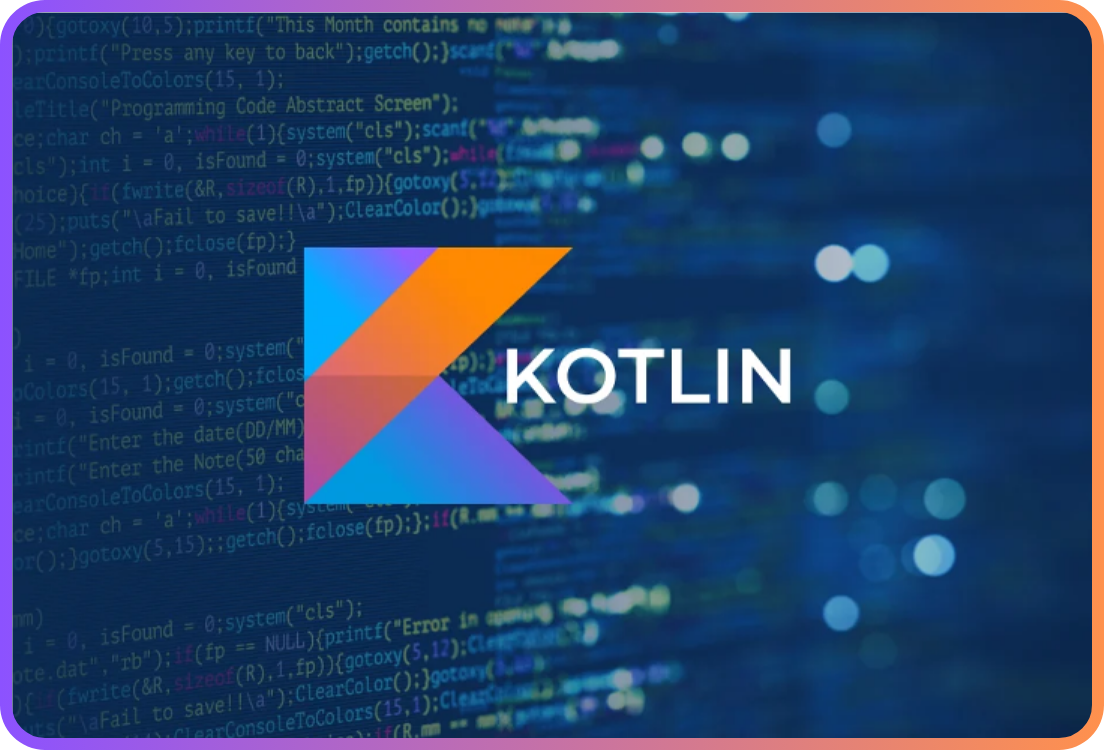
Welcome to the Banking of the Future
You can think of APIs (Application Programming Interface) as a software tool that allows two applications to talk to each other, just like an interpreter helps two people who don't speak each other's language to communicate. Although APIs are not a very new technology, they play a critical role in transforming financial services from vertical silos to a completely open ecosystem, and they constitute the most fundamental technology that enables different business models such as API Banking, Service Banking and Platform Banking. For various reasons, such as the proliferation of cloud infrastructures and “API first” approaches, today we are all talking more about APIization of financial services, API banking and API economy.
What is API Banking?
To understand how APIs are gradually but steadily dominating the entire financial infrastructure, we only need to look at how services of any kind are delivered today. We have an app for almost every service: from hailing a taxi to reading the news, from ordering food to financial services (such as accessing our bank accounts, making payments, money transfers). As apps have become the dominant way to access all kinds of services, APIs have become an indispensable tool that serves two main purposes:
- To interconnect and integrate the thousands of applications we use in our daily lives, this interconnectivity and integration would not be possible without the fast and easy use of modern APIs.
- To be the piece that carries the most important element among these integrations: Such as very critical data in the form of personal information, bank transactions, account balances or payments.
API banking is basically the delivery of banking services and data to different applications through APIs so that they can be used by third-party developers and other service providers. This essentially allows financial institutions to provide more transparent, secure, flexible and customer-focused financial services by facilitating the exchange of data across different systems.
API banking is built on the core principles of openness and transparency, interoperability, security and flexibility. These principles allow banks to securely share their data and services, ensure seamless integration across different systems and platforms, and use strong security protocols to protect customer data.
-
Openness and Transparency: It allows banks to share their data and services securely.
-
Interoperability: It provides seamless integration between different systems and platforms.
-
Security: It uses strong security protocols to protect critical data.
-
Flexibility: It allows banks and developers to develop innovative solutions.

The Benefits of API Banking
APIs are the key enabler behind some of the most powerful innovation triggers driving the next wave of the fintech revolution.
- APIs are behind “Open Banking”, which allows product features and functionalities to be easily extracted from various applications and combined into processes that can be accessed from anywhere by users with the right authorization. (For more detailed information about Open Banking, please read our article titled What is Open Banking ☺️)
- On the other hand, it is also the technology provider of the “Embedded Finance” concept and the “Service Banking” service with the power to integrate these products and services into different commercial environments.
Because API banking offers many advantages for both financial institutions and customers. Here are the main benefits of this innovative approach:
1. Development of Innovative Products and Services
APIs allow banks and third-party developers to develop innovative products and services that can better respond to customers' needs. For example, applications such as personalized financial advisory services, budget management tools and automated investment platforms can be more easily implemented through API banking.
2. Improvement of the Customer Experience
API banking enables customers to access banking services more quickly and easily. Mobile banking apps, digital wallets and other financial services can be seamlessly integrated with each other thanks to APIs. This allows customers to carry out banking transactions more quickly and efficiently.
3. Cost Reduction
API banking can help banks reduce their operational costs. With open APIs, banks can offer a wider range of services to their customers by collaborating with third-party service providers, rather than integrating between their own internal systems. This creates a more efficient business model by reducing development and maintenance costs.
4. Increased Competition
API banking increases competition in the financial services sector. Different banks and fintech companies compete to provide better service to their customers through open APIs. This contributes to innovative solutions and increased customer satisfaction in the sector.
5. Emergence of New Business Models
API banking enables the emergence of new business models in the financial services sector. For example, banks and fintech companies can create platforms that offer integrated financial services to their customers. Thus, customers can access different banking services on a single platform and have a more comprehensive financial experience. Different business models such as #API Banking, #Service Banking, #Platform Banking can be realized in this way, enabling the provision of #Embedded financial services.
API Banking Market Size
The current situation in the API banking market can be summarized as follows:
|
|
|
|
|
|
(Source: https://sdk.finance/api-in-banking-types-and-benefits/) |
 Source: Custom market insights
Source: Custom market insights
The most used Financial APIs or Banking APIs in this market can be listed as follows:
-
Core Banking APIs (Deposits, Loans and SME transactions)
-
Plug and Play APIs for integration (E-commerce, accounting, authentication processes such as oAuth)
-
Payment Systems; Card, wallet or money transfers (Payment Processing, MultiCurrency, QR and others)
-
Customer Acquisition (Mobile channels, NFC solutions, online card acquiring and others).
These APIs enable the integration of various financial tools and are used to enhance user experiences by offering financial functionalities directly through their platform.
The Future of API Banking
API banking is becoming more widespread in the financial services sector and banks' business models are changing rapidly. Here are the potential future developments of API banking:
1. More Integration
API banking will allow banks to integrate more with different service providers. This will allow customers to carry out banking transactions more quickly and efficiently.
2. More Security
API banking will develop stronger security protocols to protect customer data. This will ensure that customers have secure access to banking services.
3. More Comprehensive Financial Services
API banking will offer customers more comprehensive financial services. For example, banks and fintech companies will be able to create platforms that offer integrated financial advisory, investment and insurance services to customers.
4. Wider Global Spread
API banking will become more widespread on a global scale. Banks and fintech companies in different countries will be able to offer a wider range of services to their customers by collaborating through open APIs.
Architecht and API Banking
In order to be ready for the banking of the future and to deliver the right APIs in the right way, you will need the right partners, as always. Developed by Architecht using local and national resources over many years, our Airapi Open Banking and API Management Platform will enable you to implement effective API management at this very point. If you want to reduce your API development effort, address all issues such as security, access controls, API traffic management and bring your APIs to the outside world quickly and safely through a single end-to-end platform, you can contact us. Moreover, we are here to provide you not only the platform but also all the financial APIs you need.


 Back
Back



















































